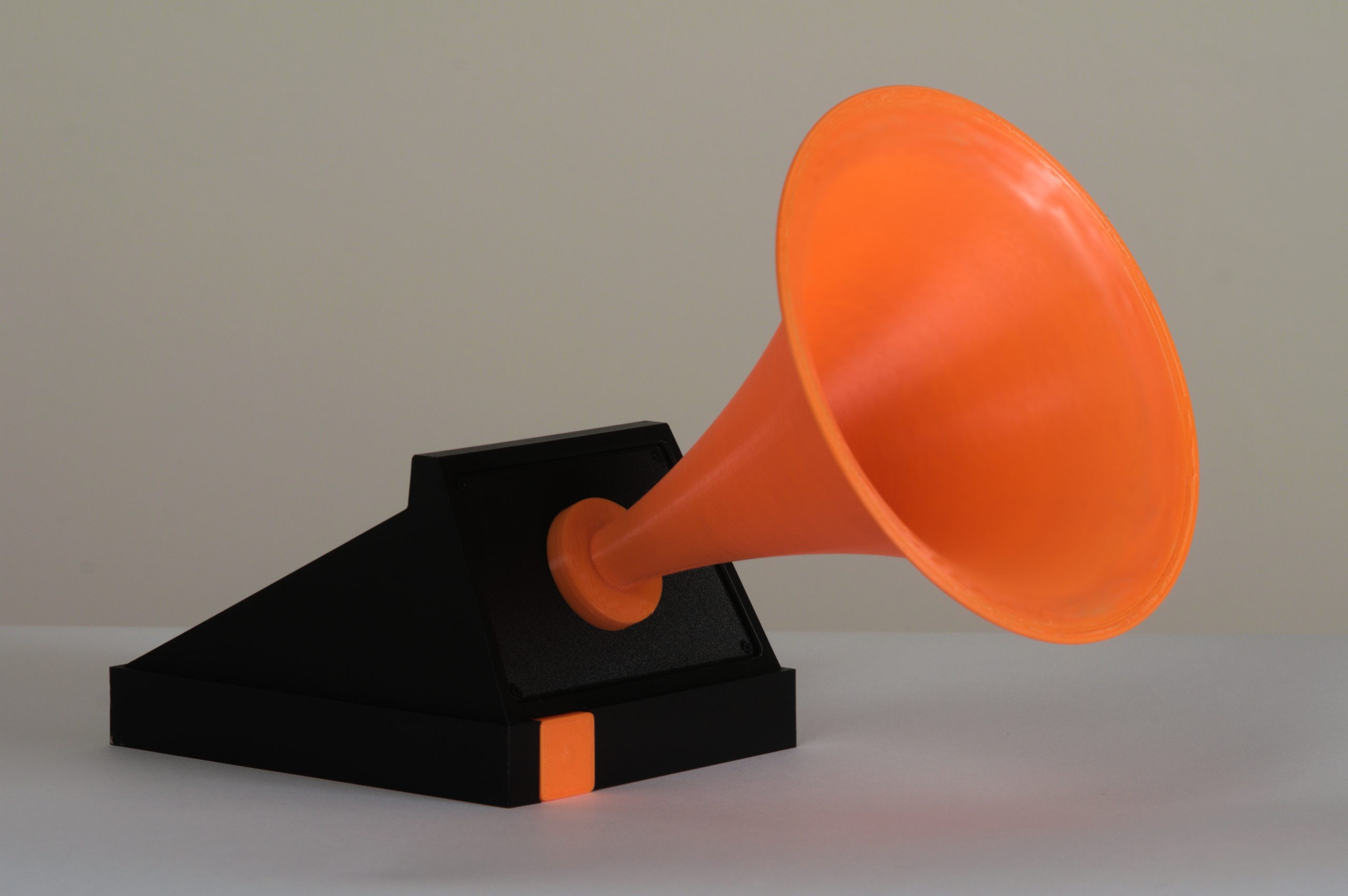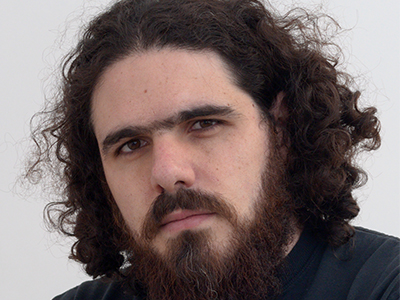Biography
Diego Trujillo Pisantry (1986) was born and raised in Mexico City, where he currently lives. He has a master’s degree in art from the Royal College of Art, he graduated from the Design Interaction Program in 2012. He also has a BSc in Biology from UNAM, and he has studied at Active School of Photography.
His work focuses on the exploration of software as a material and as a concept. His works have been exhibited in various Mexican cities, Lima, Detroit, Dublin, Paris, St. Etienne, and London. In 2015 he received an honorable mention in hybrid art from Prix Ars Electronica for his artwork “Esta cinta se autodestruirá” (“This tape will self-destruct”). He has also received the Jóvenes Creadores grant in three occasions (2013, 2015, 2021).
Besides his artistic practice, he has worked as a researcher and professor at Culture Lab, Newcastle University, and at Design, Film and Television Center. As a researcher, he has 13 refereed articles. “Metaphysical Instruments: prototypes for hybrid and live music-making” was awarded the Best Article award in Digital Futures and Hybrid Realities at the Cumulus Association Conference in 2023.
ARTWORK
Cámara ciega (Blind camera)
Robotics
“Cámara ciega” (“Blind camera”) is an AI-powered device that generates images from sound instead of light. Its horn is aimed at a sound, and with the push of a button it’s converted into an image. The “photos” are framed with the ears instead of the eyes because the camera can hear, but it can’t see. This artwork uses a custom-made artificial neural network (ANN) to find a common representation between sound and image.
The ANN was trained with videos taken in Mexico City. Each video frame was associated with its previous second of sound. The network (1) encodes the sound into a vector, (2) decodes it back to the matching image, and (3) tries to convince another network that the result is a photograph. Restraining the training data to the city where the camera was imbues it with a local worldview. Most artificial intelligence attempts to reduce bias, however, “Blind camera” embraces itself as a Mexican urban object by interpreting the sounds it hears from its position. Developing an ANN and its training dataset provided control to tweak the resulting image’s aesthetics. The process of producing the code for “Blind camera” prompted reflection about how AI written by artists would work and how it could differ from currently available models.
 Artwork Link
Artwork Link
https://trujillodiego.com/work/blindCamera/
Website
http://trujillodiego.com


 Español
Español